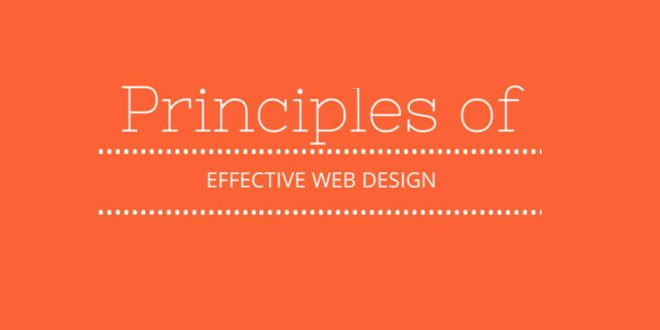Your website design can make the difference between no traffic at all and landing a page-one result on Google’s search engine. You have to make your users feel welcome to visit your site and let them have an easy-going experience inviting them to come back. That’s the only way to increase your sales or website’s performance. There are multiple ways to accomplish this, but there are ten rules that are crucial, which Nettonic Ltd recommends, to ensure you have a great website. Follow these principles and witness how your online traffic skyrockets.
1. Website Design quality before anything

Your website needs to be built upon quality content and has to have nothing else if possible. There are millions of websites on the internet right now, and more are created every day. The only chance you have to stand out is through quality content. It doesn’t matter if you can only make one great post every 30 days, it’ll beat thirty crappy posts every day. Before you decide to upload something ask yourself “Is this worth my visitors’ time?”.
2. Know who you are talking to
Quality is subjective sometimes. The tone of your content is incredibly important, almost as much as its quality. If you are addressing a younger audience, you’ll have to keep it informal. If it’s aimed towards an older generation, informal might seem disrespectful to them. You have to understand your audience to communicate your content properly.
3. Use the right media for your audience

Once you get to know and understand your audience, you need to think about the right tools for the job. Would a long-written article work as much as a quick video? Or perhaps it’s better to try to make it work with an infographic? Depending on what you are writing and who’s the target audience, the answer can vary widely. And you have to answer correctly to make it work.
4. Follow your intuition
When making design decisions, follow your gut. It’s better to have a website that works on intuition rather than an overly complicated design that nobody understands. If it can be easily understood, people are going to love it.
5. Don’t saturate your Web Design

If you have one hundred different things happening on your website, users are going to get lost. Or worst, oversaturated. Either way, they are probably going to leave earlier than they should. Keep an uncomplicated, clear design and don’t make your visitors have a harder-than-it-should-be experience.
6. Make it easy on everyone
If you ever visited a website that requires you to register before going further, you probably left without getting what you wanted. If you have a website, you want to sell or provide information. Your visitors want to buy or learn about something. Don’t add unnecessary steps in between, or you’ll face unnecessary loses.
7. Keep it simple!

It’s counterintuitive to explain this point, but here it is: Don’t overreach. A simple, easy to use design is worth a hundred times more than anything else. Look at Google: straight, to the point and everything else is blank. Follow that formula.
8. You don’t have to reinvent the wheel
If you are struggling to avoid imitating your competitors, stop. If someone else has already solved the problem, you can use that solution. Just copy what another website is doing and add your own little twist to it. If you try to reinvent the wheel every time someone has already done what you want, you’ll eventually find yourself with square wheels that go nowhere.
9. Keep a consistent Website Design

Sudden, extreme changes are no good. If you can’t make up your mind whether you want a blue or white background, flip a coin. Different layouts or brandings are not a good idea, they are confusing options. Your visitors want something easy on the eyes, and you have to provide it.
10. End with a call to action
Every road will lead to Rome, and every piece of content you have needs to lead to a call to action. Your objective is to sell something or to capture your visitor’s attention at the very least. You have to redirect your visitors to the place you want with a quick, effective and direct call to action. Encourage your visitors to make the right choice and increase your sales!
 Hi Boox Popular Magazine 2024
Hi Boox Popular Magazine 2024



